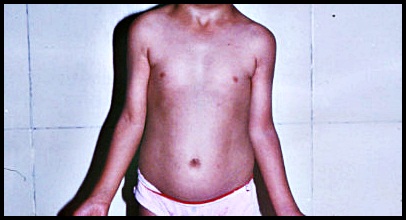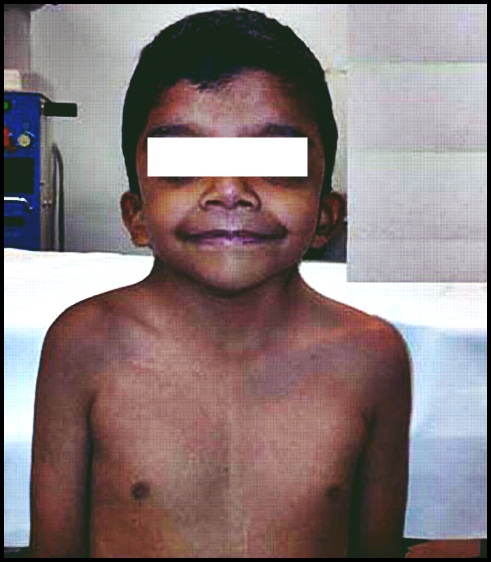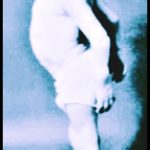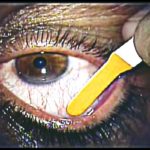Noonan syndrome is a disorder involving changes in genes that impair the normal development of the body parts. This disorder presents in different ways some of which include heart defects, short stature, unusual facial characteristics, and developmental delays. While the syndrome occurs due to genetic mutation and can be acquired from dominant inheritance whereby a child inherits a copy of gene that is affected from a parent, it can also happen as a spontaneous mutation. By this, it means that it can occur where there is no family history involved. Noonan syndrome has no specific treatment but it can be managed by controlling the symptoms and complications.
The symptoms of Noonan syndrome
Many symptoms are associated with this syndrome and while there are a couple of them, not all may be seen on an individual. Some of the symptoms include unusual facial features, heart disease, growth tissues, eye conditions, bleeding and musculoskeletal issues. One of the key features associated with Noonan syndrome is the look of the face. The features change with age and they include an infant with prominent eyes bearing downward slanted, thick lids. The nose may appear depressed at its top part and the base may be wide.
In early infancy, you may find that a baby has eyes that are slanting down and wide-set as well as low-set ears. In adolescence, the face may be wide within the forehead and tapering to a pointed chin. A larger number of people with this syndrome tend to have congenital heart disease including valve disorders, thickening of heart muscle and other structural defects of the heart such a hole in the wall separating the lower chambers.
Moreover, a person may have growth issues such as reduced weight due to difficulties in feeding. A child may have normal birth weight but because of challenges in feeding, he or she registers reduced weight gain, something that happens up to about 18 months after birth. There may be delays in growth spurt that normally occurs in adolescence stage.
In regard to growth issues, you may find that a child has a short stature. Another common sign of Noonan syndrome is eye conditions, particularly in the eyes and eyelids. There may be variations in size and shape of eyes and the iris appears green or blue. The eyeballs may also have rapid movement and the eye muscles could have problems, which are signified by crossed eyes.
A bigger number of people having this disorder tend to have a history of bleeding and bruising abnormally. At times, the problem of bleeding may only come to be detected when one has a condition like hemorrhage or when he or she undergoes surgery. The lymphatic system may have problems such as not being able to drain the excess fluid from the body.
In such a case, you find that fluids form on back of hands and at times, they may form at the top of the feet. Males with this disorder may have problems with kidneys and genitals. The skin conditions seen in people with the disorder are such as curly, sparse, or coarse hair.
Causes of Noonan syndrome
Mutation is the cause of this disorder where a particular gene is affected. As of today, about eight genes have been identified that are associated with the mutation, which causes the syndrome. A child may inherit the mutation from a parent carrying a defective gene or the mutation may just develop without having a parent with the defective gene. It is estimated that children having one parent with the disorder have a 50 percent likelihood of developing it.
Because of the defects witnessed in the genes, it causes them to release continually active proteins. The constant activation of such proteins interferes with the normal growth and division of cells.
Noonan Syndrome Life expectancy
The life expectancy is mostly normal, however, where a child has defects of the heart and bleeding, it may reduce the life expectancy. It has been reported that children who have serious cardiac abnormalities such as ventricular septal defect, atrial septal defect, and pulmonic stenosis, they are like to have reduced lifespan. The life expectancy can be reduced by about 10 years in such individuals, but it depends on the severity of the complications related to the heart.
Treatment
While the disorder itself cannot be treated, the symptoms can be managed. Most of the physical and health issues are treated the same way other people with such problems are treated. For example, a person with heart problem may be given drugs. Those with short stature may be given growth hormones. A doctor will advise a patient or the parents of a child on what to do. Examination and routine checkups may be needed to see how the symptoms are responding to treatment. Sometimes, surgery may be needed if a child has eye problems like cataract or the genitals.






